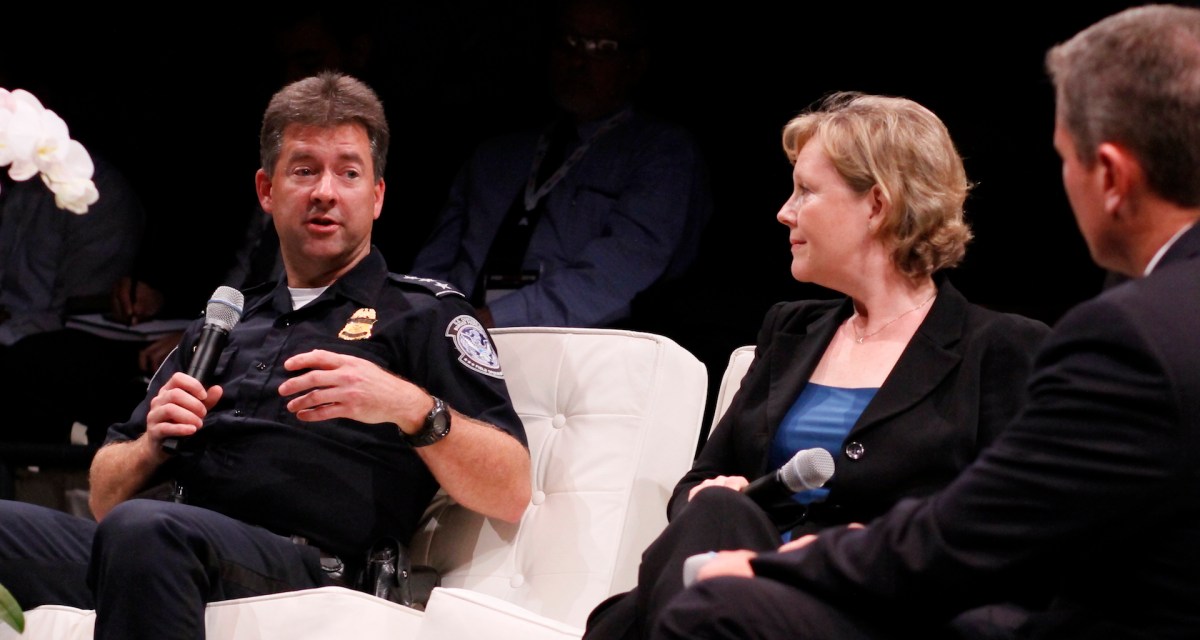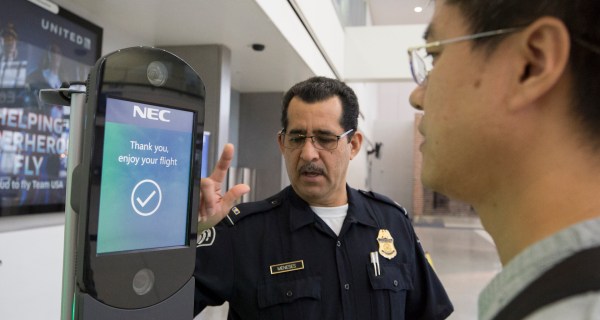Agency leaders: Technology isn’t coming for your job — and it might make it easier

Faced with the challenge of leveraging a smaller workforce to meet escalating mission demands, agency leaders are increasingly inclined to look toward artificial intelligence and automation-based technologies for help. Applying them, however, requires not only infrastructure and acquisition upgrades, but also transforming a skeptical agency culture wary of the changing landscape.
John Wagner, deputy executive assistant commissioner of the U.S. Customs and Border Protection’s Office of Field Operations, used the agency’s new facial recognition platform as an example. “It’s really going to transform how we interact with our international travelers, and we just can’t launch that overnight,” he said Tuesday at FedTalks 2018.
The proposed Traveler Verification Service uses facial recognition and biometric technology to help verify the identities of international travelers leaving the U.S. It will require a fundamental shift in how CBP personnel tackle that mission, Wagner said. In any situation like that, agency leaders need to have a plan for how to get the workforce’s support, he said.
“A lot of the tasks an officer does today like handling the passport, looking it up in the computer, a lot of that will really be automated and done seamlessly for the officer,” he said. “We’ve got to communicate those changes to them, that they’re not being replaced. That your role as that human being is looking at a traveler and asking those intuitive questions to determine the purpose and intent of their travel.”
Other things might change about the job, beyond the agent-to-passenger interactions. Wagner said the new model could include instances where CBP partners with the private sector, who will own the technology the agency uses to screen passengers, but not the data on it.
Department of Transportation CIO Vicki Hildebrand said her agency is embracing new solutions such as using drones to carry out safety inspections for infrastructure implements like oil pipelines in Alaska, but in order for agencies to get the full benefit of new technologies, they must shape the enterprise’s environment to fit them. That includes rethinking how people approach their jobs.
“I like to talk about having an agile culture,” she said. “It’s not just about having agile development of new applications, but we have to think about agile for everything. Establish a priority list and go after it. It incorporates speed, it incorporates the whole concept of introducing new things quickly.”
It’s the speed that Hildebrand said she wants to make a priority in DOT, from transforming operations to approaches in both cybersecurity and data management.
“We really believe in using data as it comes in,” she said. “Bring it in and propagate it to the places it needs to go and use it immediately. We’re trying to figure out a landscape that allows us to use data the minute it comes in with safety in mind.”
Wagner said that technology changes are often difficult for the workforce, but ultimately point to more efficiency, pointing to his early days in CBP when the agency had just acquired X-ray machines to inspect luggage.
“There was an old-timer there running the X-ray machine and he says, ‘Kid, you should have been in this job 20 years ago. See these machines? It’s going to kill all of our overtime,’” Wagner said. “It’s that paranoia about culture change.”






